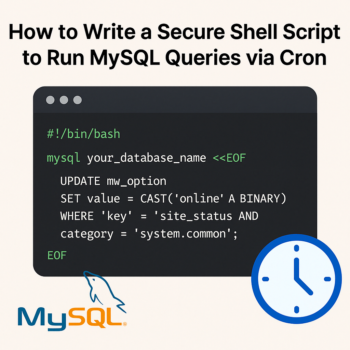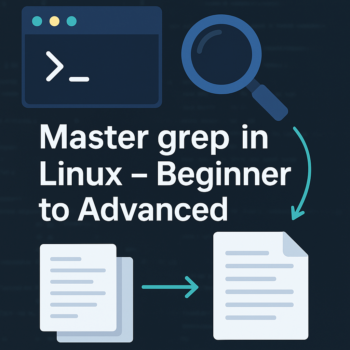
Welcome to ITUptodate
Brief and amiable onboarding is the first thing a new user sees in the theme.

Read Smart, Save Time
Pick all the topics you are interested in to fill your homepage with stories you'll love.

Join ITUptodate

